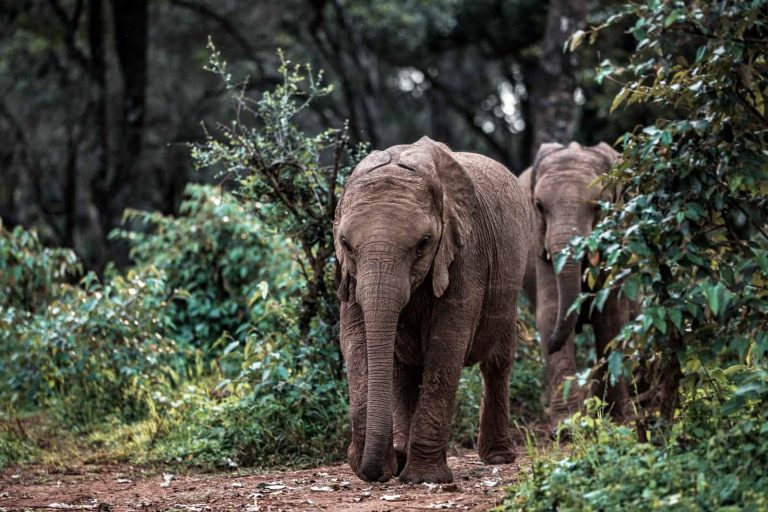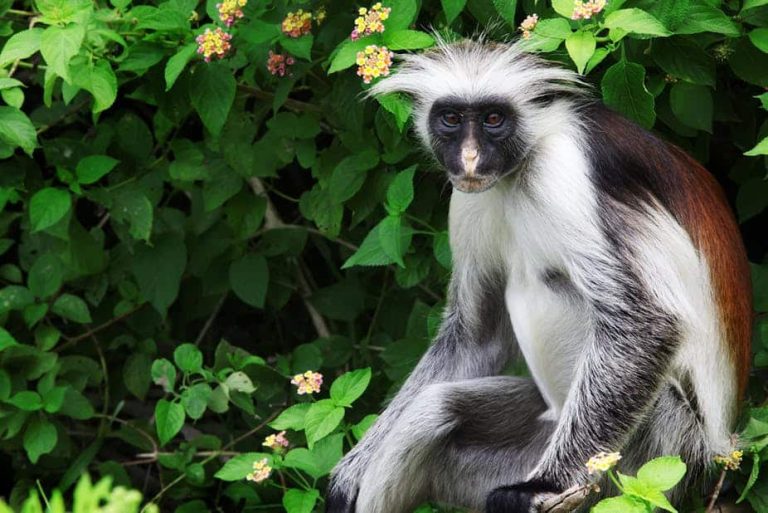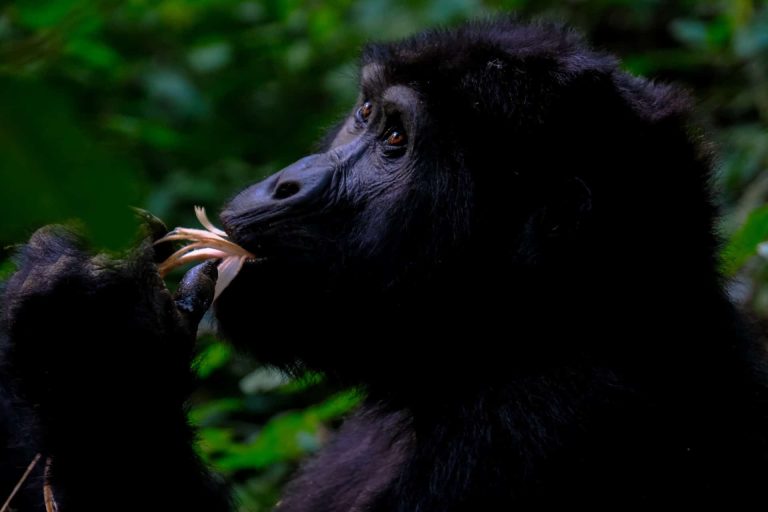Eyes in the sky and on the ground: Engaging communities in forest conservation in the Cameroon Highlands

Arend de Haas, African Conservation Foundation, University of Buea
The highland rainforests of South West Cameroon are among the oldest forests on the continent. They comprise the richest flora and fauna in continental tropical Africa. The area is one of the world’s most important biodiversity hotspots. The region encompasses high levels of unique, as well as endangered species. These include the Cross River gorilla, Nigeria-Cameroon chimpanzees and forest elephants. ![]()
But the region is also home to communities who rely on the land for their survival. Most of this unique forest is community land with no formal protected status.
The main driver of deforestation and forest degradation in this part of Cameroon, is agriculture. This can be in the form of large scale industrial agriculture, subsistence farming, particularly shifting slash and burn cultivation, and wood harvesting by the communities. Government initiatives like infrastructure development and industrial logging accelerate this process.
To curb the problem, a number of organisations including community-based groups, are working together to halt rainforest loss. At the same time, they are developing new livelihood opportunities with local people. These include the African Conservation Foundation and the Environmental and Rural Development Foundation.
The success and efficiency of conservation activities, like forest monitoring, law enforcement and management of protected areas, that are being established as part of this project, could be greatly improved by taking informed decisions based on up-to-date information, as close to real time as possible.
A new project has set out to do this. It facilitates information sharing between forest dependent communities – the eyes on the ground – and satellite images gathered by Global Forest Watch – the eyes in the sky. Local people help improve the accuracy of international monitoring instruments, by ground-truthing remote sensing data. This strengthens forest monitoring while immediate threats to critically endangered wildlife species are addressed through an early warning system indicating areas that have experienced recent forest loss.

Eyes in the sky
Global Forest Watch is run by the World Resources Institute and uses satellite images to track tree cover loss in near-real time. It’s created a system that detects tree cover loss on an annual and weekly basis.
The initiative was developed by at a special lab based at the University of Maryland in the US. It provides an unprecedented opportunity for understanding and monitoring the threats to forest ecosystems. The lab also provide tools to maximise the efficiency and effectiveness of on the ground monitoring.
But there was a need to bring the data from the satellite images to the ground. To do this, we started testing the Forest Watcher, an Android app developed in collaboration between the Jane Goodall Institute, Google and World Resources Institute. It enabled us to download the data, customise the types of information to be collected, and train community members to validate tree cover loss data in the field.
One of the challenges we faced was making satellite data available and accessible to communities who live in remote areas without electricity or internet and are not computer literate.
To make the data available and accessible to local communities spatial information was transformed into a format that communities can manage and develop themselves. To do this Participatory 3-Dimensional Modeling was used. This is an interactive, visual tool that facilitates the gathering of information and places it into a physical 3-dimensional model of focal areas. It can also be used to display and disseminate Global Forest Watch data about tree cover loss, concessions and other relevant information.

Eyes on the ground
The physical 3D model of the landscape serves as a powerful tangible monitoring tool that’s available to community members who are able to gather and discuss the latest threats and developments in the highland rainforest. This means that they are able to take on a greater, more responsible role in protecting their natural heritage.

The project also brought out the knowledge of communities by engaging representatives of both genders and of all ages in the map making process. Local people said that they were losing the knowledge of the elders because they have no written history and information is no longer passed on to young people as they move to urban areas. This place-bound historical knowledge about natural resources and cultural or sacred sites, including their original names, is incredibly valuable and has not been documented before.
Hundreds of people have participated in forest mapping activities with great interest as chiefs, delighted with the information being provided, have mobilised their villages.
Communities are eager to embrace new technologies because they provide them with tools and skills that strengthens their position when dealing with the authorities and international stakeholders.
Arend de Haas, Conservation Director at the African Conservation Foundation and lecturer and board member at the Institute of Biodiversity and Non-Profit Studies, University of Buea
La version originale de cet article a été publiée sur The Conversation.






